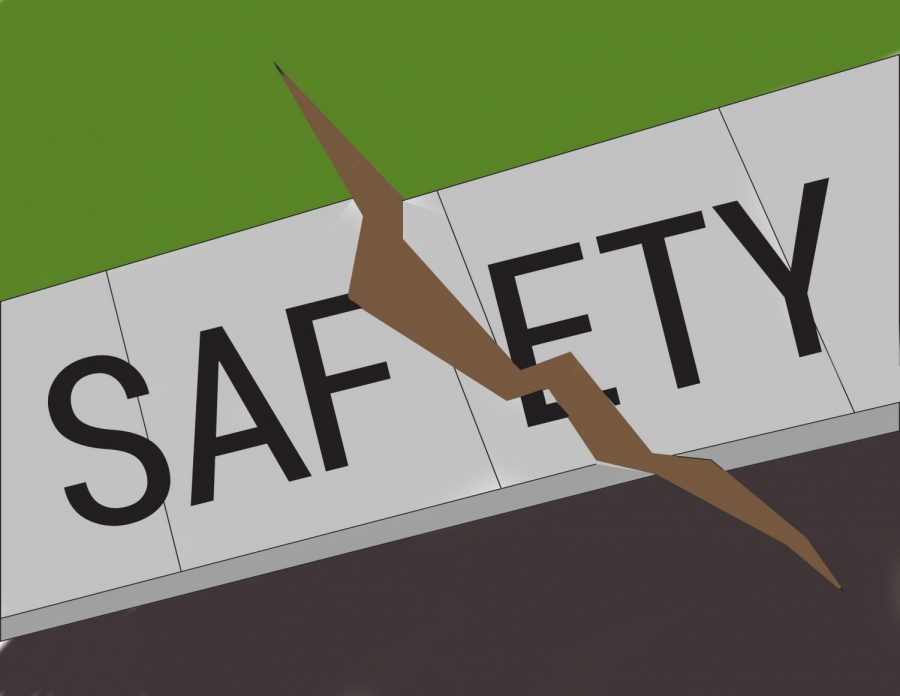Given that there has been an increase of earthquakes in the greater Los Angeles area, it has become imperative that students feel safe on their campus.
On the morning of Oct. 17, the campus participated in the Great California ShakeOut. Their website states that the drill has been an annual practice, founded in 2008, that prepares the state for “The Big One” since California is synonymous with earthquake country and is home to one of the biggest faults in the United States: the San Andreas Fault.
The earthquakes that occurred in Ridgecrest, California have been a subject of intense study from both geophysicists and seismologists, according to LAist. They have been looking at possible connections between new faultlines being discovered as a result of high activity. The point is, there’s concern for impending disaster.
In retrospect, there felt to be a lack of planning for both evacuation and re-entry into a building with little guidance from Cal State LA administration and various staff. It created an environment of complacency that is fuel for a proverbial wildfire that will have no mercy in the event of disaster.
Once students were outside, it seemed as if there were no clearly marked evacuation zones, making it difficult for both Emergency Medical Services (EMS) and faculty to navigate. Also, it created no accountability with rosters as students freely dispersed from their professors.
This should be alarming, as with the shortage of evacuation opportunities for disabled persons and lack of evacuation chairs, for instance, would create a hazard for those dependent on alternate means of mobility within a building like King Hall.
In accordance with the Fire Protection and Technology major on campus, classes like TECH-3540 are specifically designed to address emergency behavior in both fire and non-fire situations. However, having a plan and being prepared should not be optional; it should be mandatory.
When a natural disaster occurs, 9-1-1 operators can be overloaded, communication can move to a standstill and it can be upwards of weeks to months before a situation is stabilized to pre-incident levels.
Advocating for both effective planning and clear evacuation procedures would ensure the entirety of the student body has the ability to make the right decisions in emergency situations.
Upon reaching out to the office of Public Safety, the UT was referred to the documentation on their website including risk management and earthquake procedures.







